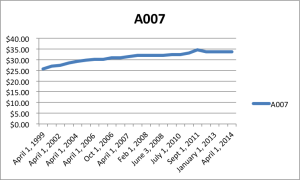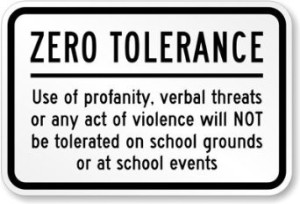 Medical students fight to do disgusting procedures. Most people find some parts of doctoring attractive, but other parts look unimaginably repulsive.
Medical students fight to do disgusting procedures. Most people find some parts of doctoring attractive, but other parts look unimaginably repulsive.
Medicine requires unique people. Doctors carry certain assumptions long before they start medical school. Training deepens those ideas and hones new attitudes and behaviour.
Here are some ideas doctors believe about
Work:
- Hard work pays off.
- Delayed gratification does too.
- Risk and sacrifice determines rewards.
- Reward must be earned.
- Excellence exists; all workers are not identical.
Knowledge:
- Knowledge grows and builds on the past.
- New information should inform current practice.
- Innovation breaks some rules.
- We should follow where the evidence leads.
Character:
- Actions have consequences.
- Self-reliance – you write your own exams and perform your own lumbar punctures.
- Confidence – make a decision and act on it even in the face of limited information.
- Self control – keep emotions in check, be calm in crisis, practice decorum.
Whether by nature or training, all professionals possess a unique bent. Professionals work best in places that presuppose the values and tendencies that contributed to them becoming those professionals in the first place.
Workplace design follows provider function.
Medicare
Politicians designed Medicare to meet political ends, not universal care. The Canadian healthcare monopoly lags far behind other universal healthcare systems (Commonwealth Fund Report). Ideas and values follow the presuppositions of our system so that:
- Politicians disparage hard work as greed.
- Academics promote rigid guidelines.
- Administrators create definitive policies.
- Regulatory colleges punish rule breaking.
- Non-medical workers demand respect but defer risk.
- Risk does not increase reward. Government pays similar fees regardless of age and complexity.
- Promotions follow seniority, not performance (for non-medical staff).
- New information matters less than stakeholder influence.
- Ideology trumps evidence.
Doctors and Medicare
We don’t hire sumo wrestlers as jockeys or morticians as cheerleaders. We want stockbrokers to think and act differently than kindergarten teachers. We hope firemen follow fewer rules than building inspectors.
Every decade politicians and bureaucrats work to reshape Medicare in their own image. Eventually, the system cannot tolerate the professionals it was created to fund.
What do you think? Are doctors square pegs being forced into the round hole of state run healthcare? Do patients need different doctors or a different system?



